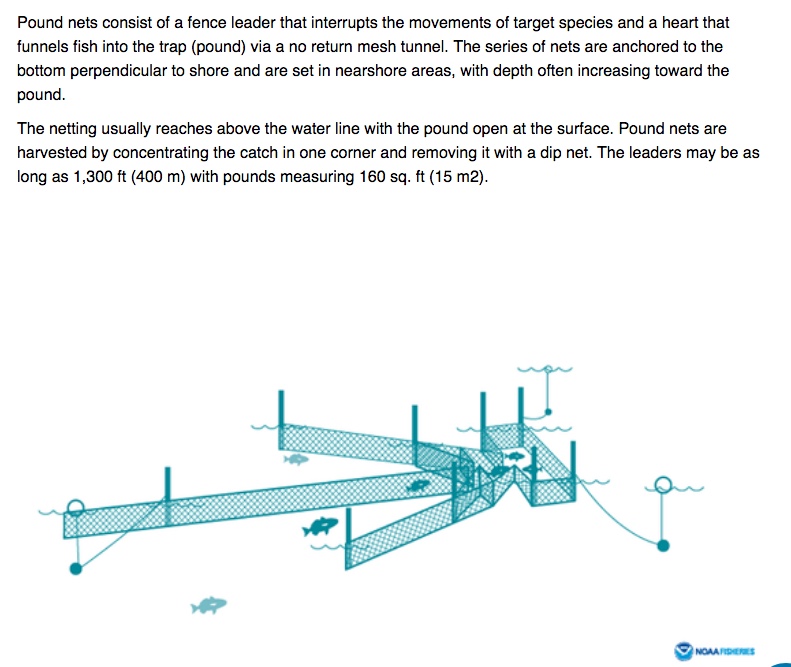By Carol J. Bova
A recent Facebook post from Mathews fell into the “damned if you do, damned if you don’t” category. It showed an area on Lane’s Creek displaying the markers required by the Code of Virginia 4 VAC20-290-30 to safeguard boat navigation. The comment was, “Hard to imagine how views like this will become ‘tourist attractions’!!!” What the poster overlooked, is the reason for the signs–not the safety aspect, but why they are there at all. It’s for business, not recreation, and tourism is not the focus.
This signage isn’t impairing the view of the New Point Comfort Lighthouse, or interfering with the function of the Bethel Beach Nature Preserve, or preventing kayakers from launching at New Point or Put-In Creek. In spite of the County Administrator’s emphasis on tourism, and the Planning Commission’s misleading statistics in the comprehensive plan, there is more to the economy of Mathews County than visitors to our county.
Long before tourism became a national pastime, the water provided Mathews with transportation, food and income. The National Park Service describes fishing by Native Americans in the 1580s:
For the most part, the Indians caught their fish in net-like obstructions called weirs, which they placed across streams or channels in much the same way as modern pound-netters catch the seasonal runs of striped bass or shad. The weirs were made of reeds, woven or tied together, and anchored to the bottom by poles stuck into the sand. With their tops extending above the surface of the water the weirs looked very much like fences, and were arranged in varied patterns designed to catch the fish, and then impound them.
Watermen in 1904 used 242 pound nets worth $54,150 ($1.49 million in today’s dollars), 1,101 boats and 505 oyster tongs.

Pound nets are a series of nets anchored to the bottom perpendicular to shore and are set in nearshore areas. Courtesy of NOAA Fisheries.
While tourists do bring in income through retail purchases and sales tax, meals and meals tax and the lodging tax, water-related businesses bring in annual income on real estate they own, business tax on their earnings, machine and tools tax on their equipment, and business tangible personal property tax on boats and vehicles.
Times have changed since 1904, but that shouldn’t mean preventing the sight of working businesses on the water that help support the County year-round. If the crabbing and oyster industries had never declined, and those activities had remained highly visible, it wouldn’t have eliminated tourism. Businesses change to meet the times, and a change in aquaculture now isn’t going to end tourism in Mathews.
